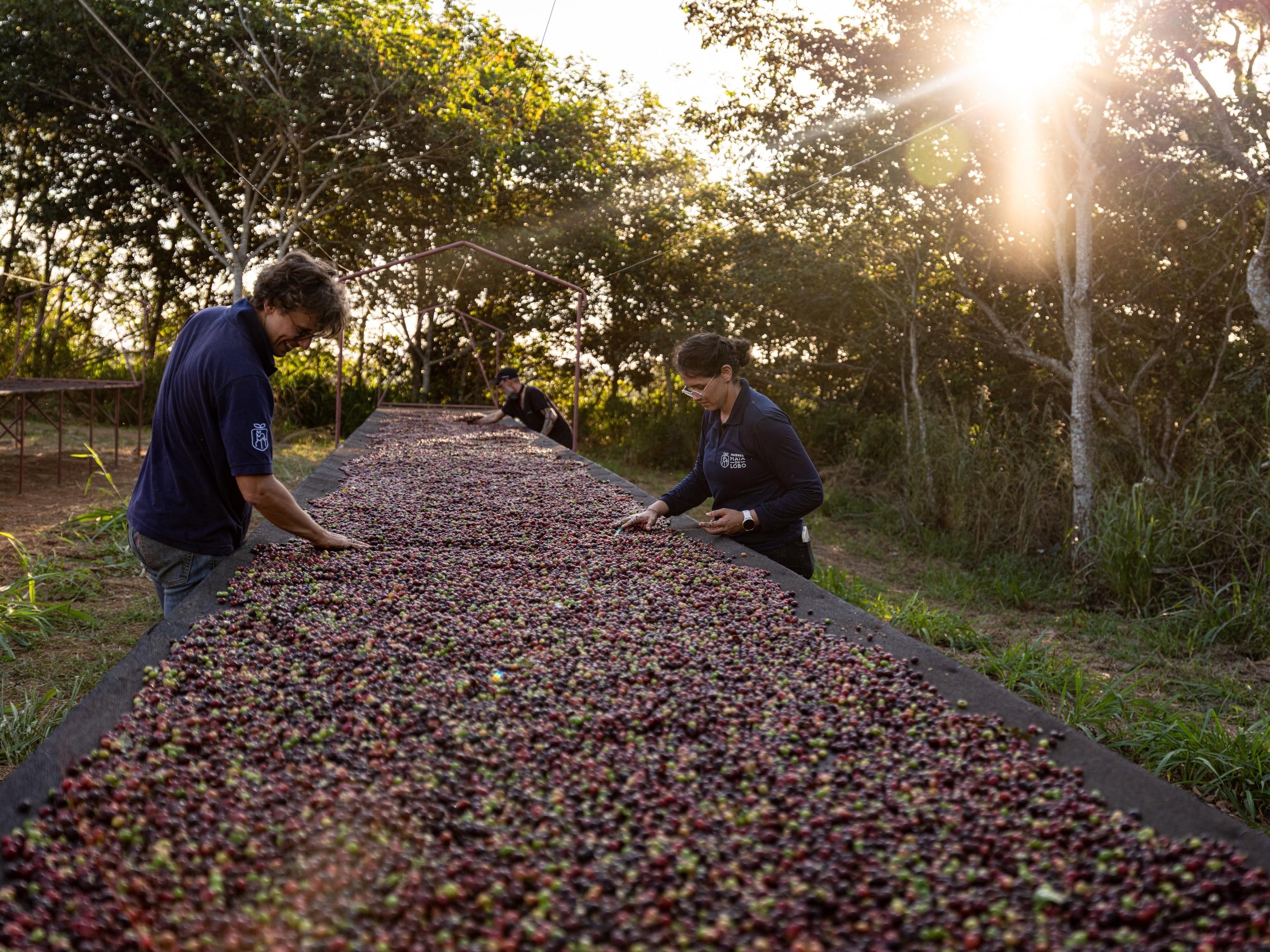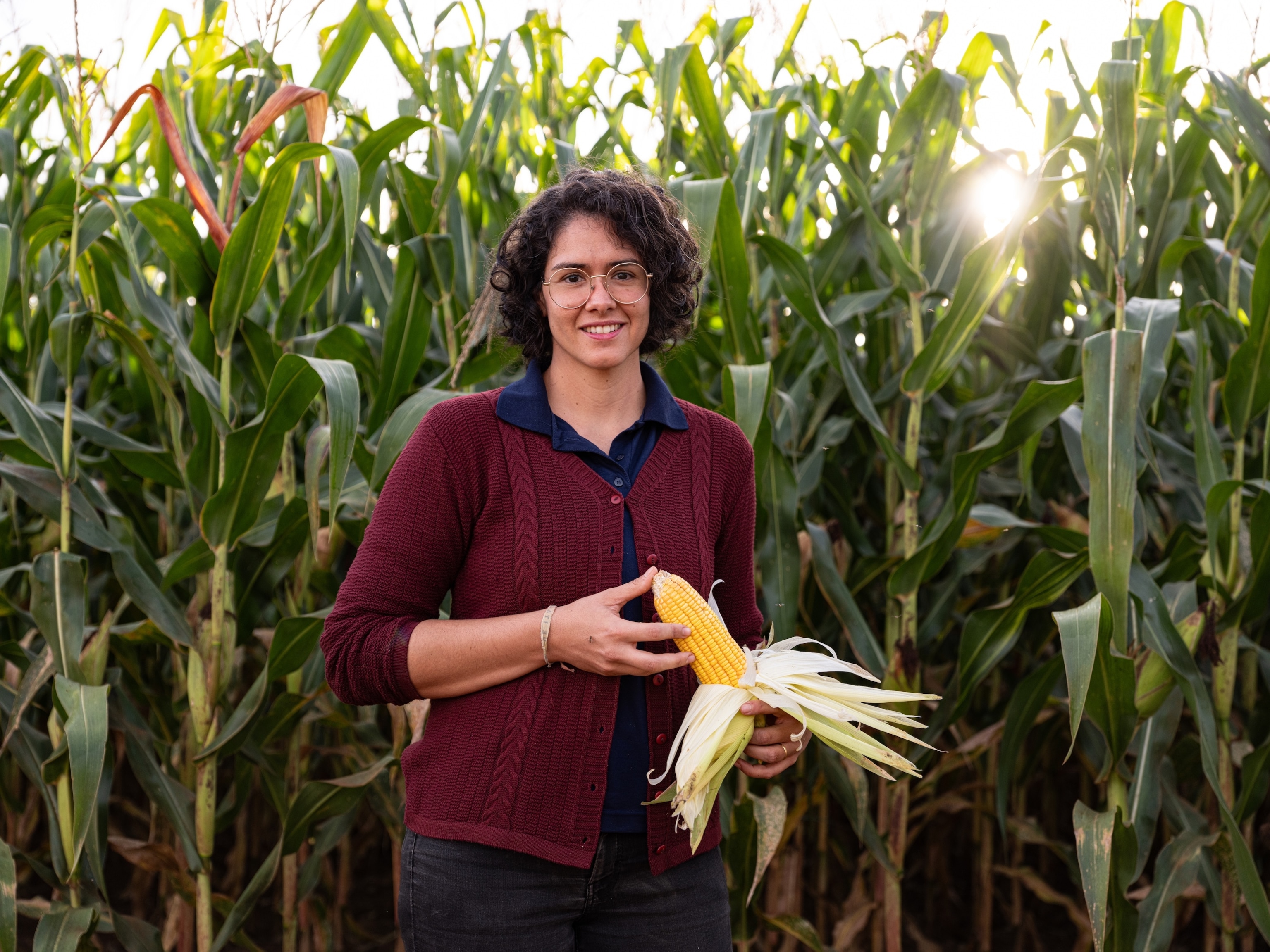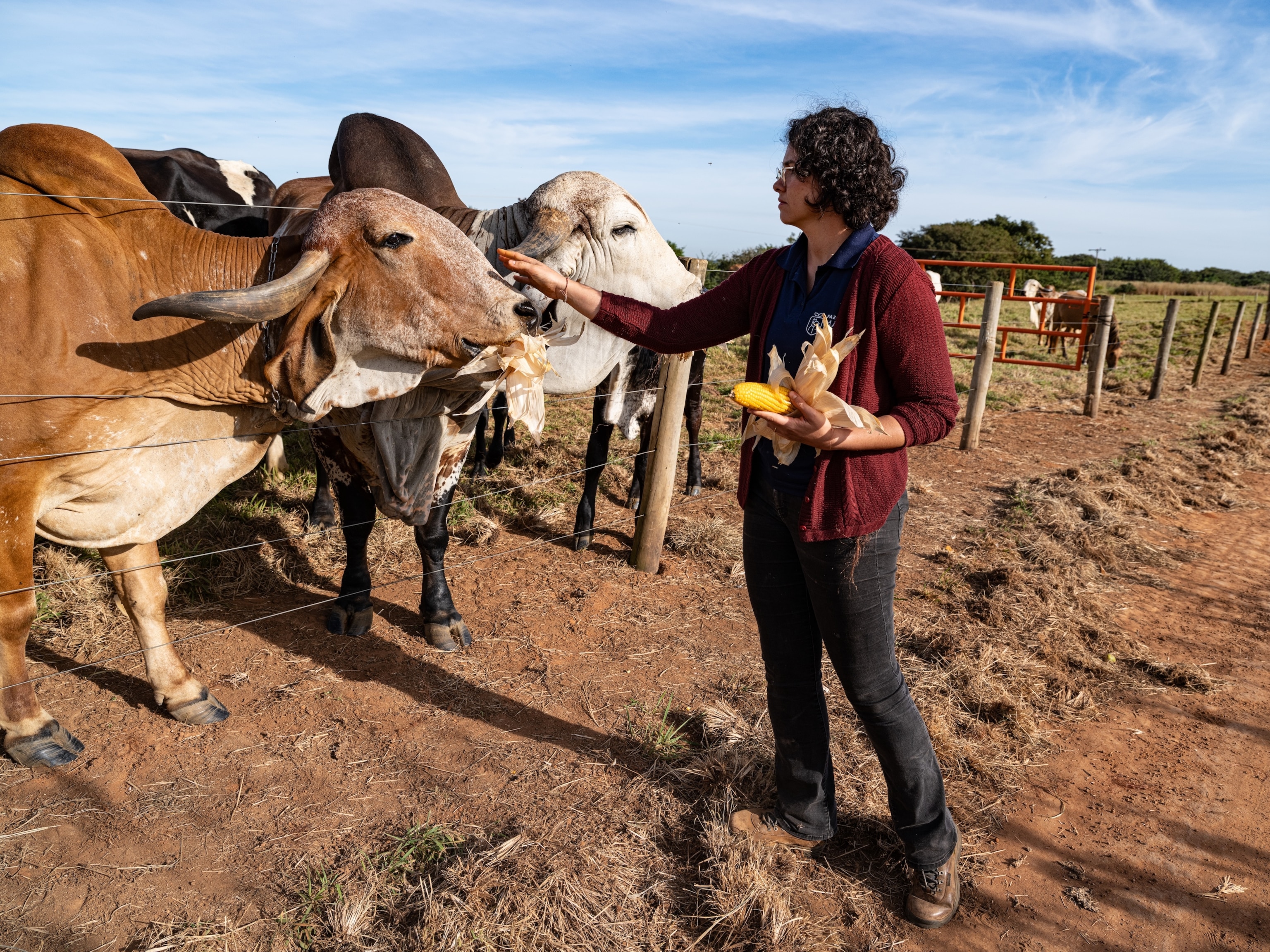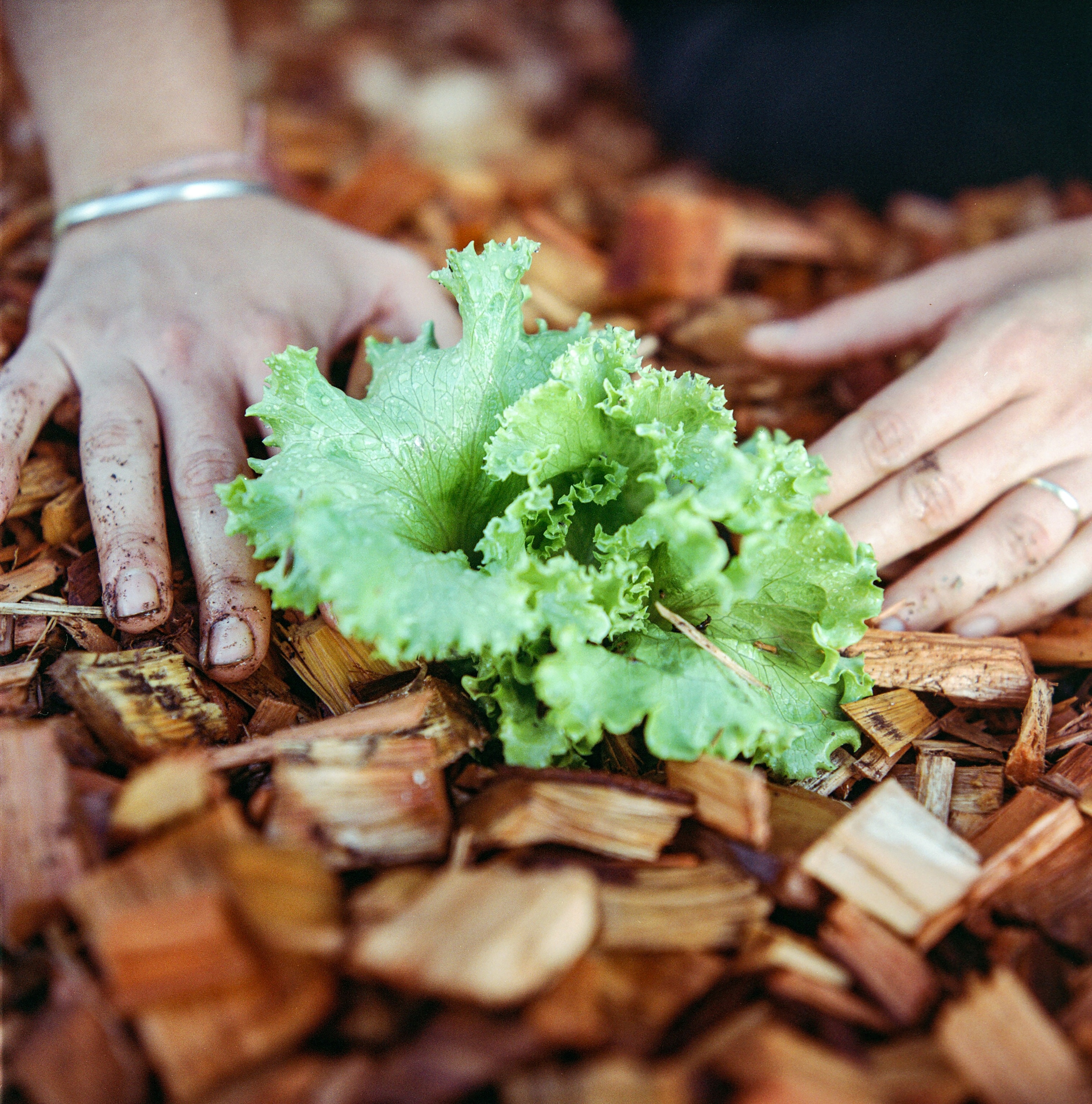
Farmers in Brazil are restoring biodiversity to grow resilient crops
National Geographic photographer Rena Effendi visited Brazil to document how one family farm is working with nature to regenerate Brazil’s landscape—and our global food supply.
Brazil is one of Earth’s ground zeroes for climate change. It’s home to the Amazon, the world’s largest and most diverse tropical rainforest, which scientists have called the “lungs of the planet” because it absorbs and stores global carbon emissions. But alarming amounts of the Amazon have been cleared and deforested over the last decades to make room for agriculture, exacerbating climate change. In a cyclical pattern, the agricultural landscape in Brazil, the world’s largest producer of staple crops, including soybeans and corn, is becoming increasingly challenged due to the impacts of a changing climate. This is especially true in the Cerrado region, which borders the Amazon and produces nearly half of the country’s agricultural products. Here, rainy seasons are beginning later and dry seasons are more intense, putting farmers’ livelihoods—and our global food systems—at risk.
But when National Geographic photographer Rena Effendi traveled to Brazil to document this critical landscape, what she found was one of the country’s many family farms that are implementing innovative new solutions that work with nature instead of against it. Farmers here are not only helping forest regeneration, they’re producing more food―encouraging more biodiversity and fewer chemical fertilizers.
Maria Vitória Vasconcelos is a third-generation farmer. In Rio Verde, she runs the 6,100-acre Fazenda Mata do Lobo (Forest of the Wolf Farm), which produces non-GMO corn, soybeans, and organic coffee, with her husband Daniel Fröbel, and her father and brother.

Vasconcelos had always been interested in how agriculture can work in harmony with nature. After graduating from university, she had the opportunity to implement those practices on her family farm. But she faced uncertainty in battling the effects of climate change, as well as logistical challenges due to limited options for transportation, storage, and sales of the farm’s food.
That’s when Vasconcelos partnered with PepsiCo and Milhão, one of the largest companies in Brazil: Milhão works with more than a hundred local farms to supply ingredients to industries. It helps implement regenerative agricultural practices, including the one that’s now helping Fazenda Mata do Lobo thrive―agroforestry. Milhão is PepsiCo’s largest supplier in Brazil of the sustainably sourced corn that the food and drink company sources as part of its initiative to help build a stronger, more sustainable future for food producers and the planet. Milhão works with farmers like Vasconcelos to ensure reliable logistics and helps implement regenerative agricultural practices, including the one that’s now helping Fazenda Mata do Lobo thrive―agroforestry.




Agroforestry involves planting an agricultural crop in combination with trees to mimic a natural forest system for landscape regeneration and improved biodiversity. Food is often grown under an evergreen canopy of trees. Milhão donated native tree and shrub seedlings to Vasconcelos’s farm, which, until 2017, consisted mostly of brown and gold rolling fields of corn and soybeans.
“Milhão and PepsiCo have supported Maria through the Reg.IA Consortium, the first regenerative agriculture consortium in Latin America. Its goal is to encourage farmers to implement regenerative practices that add value to their grain production,” said Marlon Prado, commercial director at Milhão Ingredients. “We also supported Maria in producing white corn during the summer crop, contributing to effective crop rotation between grasses and legumes, which improves the soil’s physical, chemical, and biological characteristics.”
For even more crop diversity—which protects crops from losses in times of climate crisis and creates a more balanced environment for soil and plants—Vasconcelos and her family added organic coffee, grown in the shade of the trees they’d planted. They wanted Fazenda Mata do Lobo to be as sustainable as possible, which means limiting outside inputs, such as chemical fertilizer and pesticides. Instead, they learned to make their own organic fertilizer and compost and use fungi from the farm instead of pesticides. Now, the family says the most important input to the farm is all the knowledge they’ve gained in how to grow food in harmony with nature.




Today, Fazenda Mata do Lobo has gone from brown monocrop fields to a green, thriving, revitalized landscape. The agroforestry model here serves as new carbon storage to help replace some of what’s been lost in the Amazon. The farm provides habitat, too: pumas, wolves, and giant anteaters have all been recorded on the property since the family established their agroforestry practice.
Vasconcelos and Fröbel acknowledge that they couldn’t supply this kind of sustainably grown food without PepsiCo and Milhão in the global production chain, promoting sustainability and prioritizing making a positive impact by purchasing their crops. These kinds of partnerships provide local farmers with security and the ability to deliver products for the consumer with quality ingredients that also benefit the environment.
Watching Maria and Daniel working together on their land and enjoying it, constantly seeking solutions, treating their land as one large playground where they get to test out the most sustainable farming methods. It all gave me hope for the future of farming.Rena Effendi, National Geographic photographer